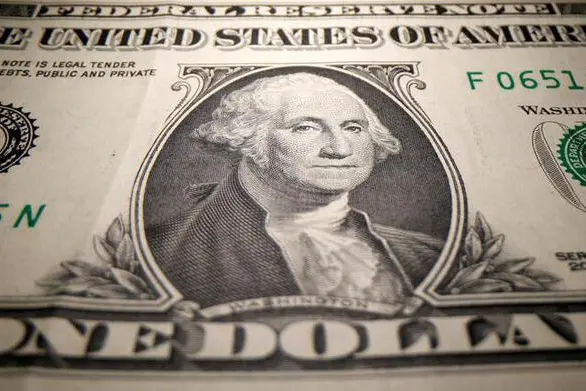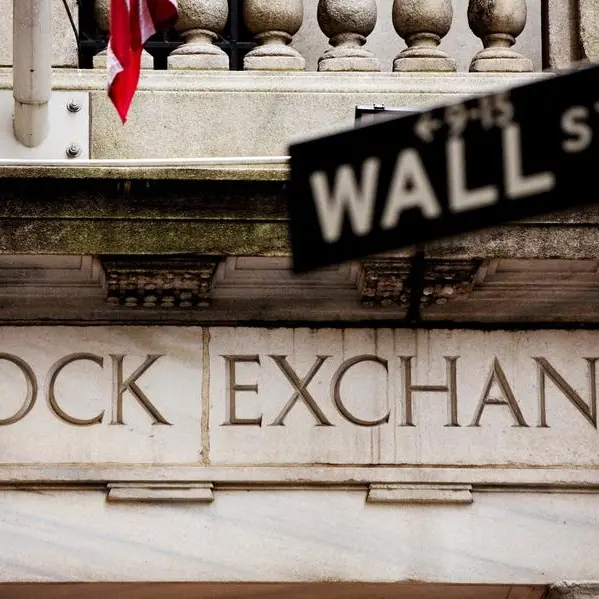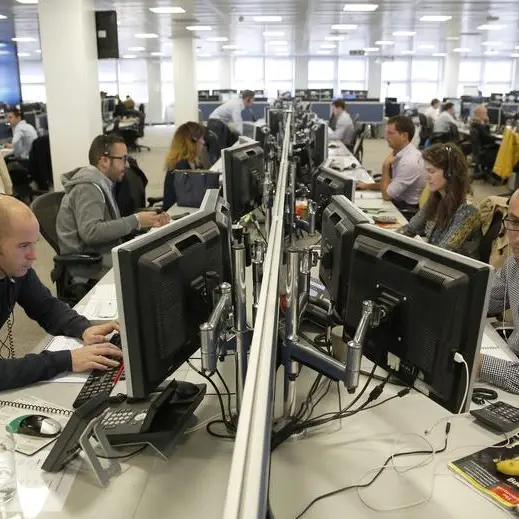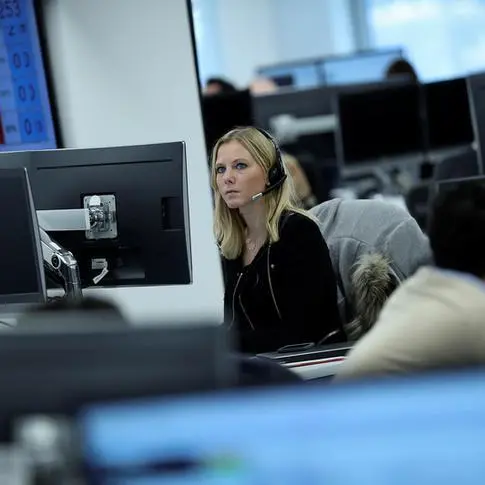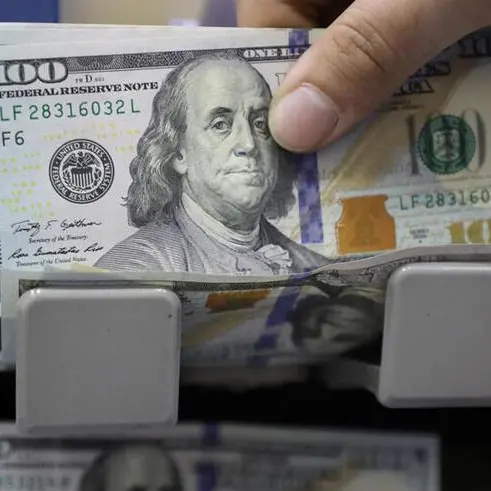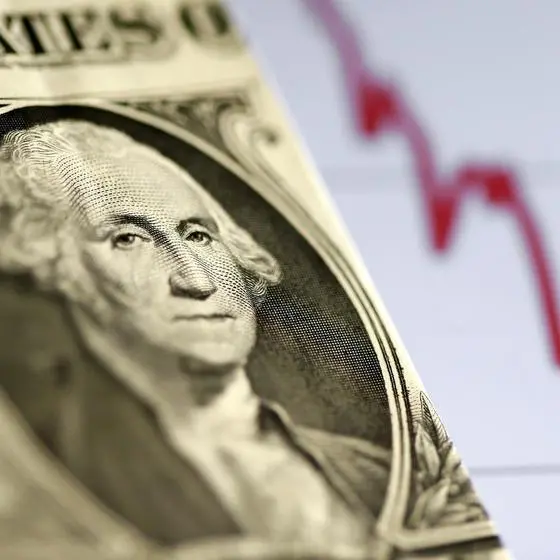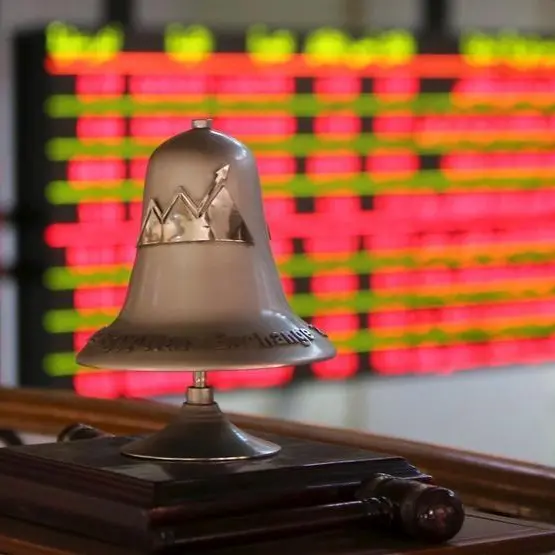PHOTO
SINGAPORE/HONG KONG - New issuance of dollar bonds in Asia in the first half of 2022 fell to its lowest in three-and-a-half years, as rising interest rates and turmoil in China's property sector spooked investors and companies turned to bank loans to raise funds instead.
Asian companies raised a total of $124 billion by issuing dollar bonds in the first half of the year, the lowest half-yearly figure since the second half of 2018, and down from $222 billion a year earlier, according to Dealogic data.
"Volumes are definitely slower, ... I would say we're probably tracking for 20% lower gross issuance than we had last year," said Leonard Kwan, portfolio manager of T. Rowe Price’s dynamic emerging markets bond strategy.
Kwan attributed the lower volumes to the war in Ukraine, problems in China's property sector as well as macroeconomic uncertainty around the U.S. Federal Reserve's interest rate rising programme.
The yield on benchmark 10-year U.S. Treasury notes hit 3.498% in mid-June – the highest since April 2011 - pushing up rates companies have to pay investors.
While U.S. yields have since retreated, Kwan does not see this as a catalyst for more issuance in the second half of the year as the drop was triggered by increasing fears of a looming recession.
"Investment grade names have had no issues in financing - they just have to accept the reality that there's a higher cost, ... but a lot of high-yield issuers are going to struggle to refinance their maturing debt," Kwan said.
As turmoil in China's property sector, initially at developer China Evergrande Group, has dragged on, many developers have offered bond exchanges to ease their liquidity pressures while a few, including Evergrande and state-backed Greenland Holdings Corp Ltd have defaulted on some payments.
BANK LOAN ALTERNATIVES
In contrast, many banks in Asia have plenty of cash on hand, and companies have borrowed from them, rather than tapping bond markets.
Asia ex-Japan loan volumes remained strong in the first half of 2022 at $267 billion, according to Refinitiv data, close to $269 billion for the first half of 2021, which was the largest in the past five years.
"We have seen more borrowers pivoting to the loan market... and we expect this trend to continue with rates expected to stay high," said Mildred Chua, head of syndicated finance at DBS.
Part of the reason, say market players, is that floating interest rates on bank loans currently tend to be lower than fixed rates on new bonds.
Banks are flush with cash due to limited opportunities to lend in the current uncertain environment, said one investor at a Hong Kong-based hedge fund who declined be identified because they weren't permitted to talk to the media, adding that borrowers were looking to tap funds before banks started transmitting higher rates.
However, the lower volume of new bonds being issued in Asia has given a lift to prices of bonds already trading, particularly when compared to their U.S. equivalents.
"If U.S. investment-grade issuance is robust and China and Asia U.S.-dollar issuance is relatively weaker, it supports the valuations for dollar China and Asia investment-grade in the secondary bond market," said Owen Gallimore, head of Deutsche Bank’s credit analysis desk in Asia Pacific.
(Reporting by Rae Wee in Singapore, writing by Alun John; Editing by Sonali Desai)
